Part Two: Pornography And Its Effects On Relationships
Last week in the blog we took a difficult yet important look at how pornography consumption plays into mental health issues for individuals. Its addictive nature and negative impact on brain chemistry create a negative feedback loop that make pornography consumption dangerous, especially to those who already struggle with anxiety, depression, or other mental illness.
But you may be thinking, “Is porn really that bad if I don’t struggle with addiction or mental health issues?” The short answer, is yes. Today, we’ll be taking a closer look at how pornography consumption and addiction affects relationships, and even though the porn industry would have you believe that watching pornography improves intimacy, the research shows this is simply not the case.
Pornography negatively impacts people’s sex lives.
Because pornography is so unrealistic, it creates unrealistic expectations of what sex and even one’s partner should look like. Young people whose only education about people’s bodies and sexual encounters comes from pornography are more likely to be dissatisfied with their actual sexual experiences because they’re not the curated, directed scenes they’ve come across in pornography. They’re unable to develop healthy ideas about sexual encounters and more likely to engage in risky sexual behaviors because they’ve seen these things portrayed. Porn can also skew people’s views about their partners’ bodies and create subliminal ideas about what our partners should look like and how they should perform. When reality doesn’t meet these false expectations, consumers turn back to pornography, feeding into the consumption loop. Finally, and maybe most surprisingly to some, pornography has actually been shown to have links to sexual dysfunction.
Pornography increases sexual objectification.
Pornography also disconnects the consumer from their arousal. Simply put, when watching pornography, a person does not have to connect emotionally, or at all, with the person causing them to be aroused or giving them sexual gratification. When consumed continually, as is the nature of porn, this leads to objectification, particularly of women. In pornography, women are often portrayed as objects to be used for sexual satisfaction. They’re not humans with needs, desires, emotions, or boundaries. They can be used however the creators see fit. Medical researchers have noted that as men viewed sexualized women repeatedly, the medical prefrontal cortex (mPFC) that allows our brain to distinguish human faces was not activated. Their brains did not even realize they were looking at a human, merely a collection of body parts. When women are seen this way, it has shown to lead to an increase in violent thoughts against women, men who are less likely to step in during an assault, and an increase in victim blaming in cases of sexual assault. These are just the effects of objectification on the consumer of pornography. Researchers have also seen that when someone’s partner routinely consumes porn, they internalize the sexual objectification. They’re more likely to feel their partner is using them as a warm body rather than connecting intimately. Further, research has also shown that women whose partners consume porn regularly are more likely to have body image issues, problems with low self-esteem, and develop eating disorders. Pornography shows “cultural ideals” of beauty. Typically very thin women with no blemishes, stretch marks, or just normal appearance. When this is the “beauty standard” one’s partner regularly sees, it’s damaging to the relationship and the individual on the other end. But this is not the only way that pornography consumption can hurt one’s partner.
Pornography leads to secretive behavior and lack of communication
Porn is everywhere, and yet it is also still taboo. This means that many consumers of pornography hide their use from their partners. While it is not uncommon for women to consume porn, research has shown that men are the main consumers, viewing porn weekly or even daily. Many times this consumption is hidden from their partners, and when it is discovered leads to feelings of betrayal, rejection, loneliness, and anger. Many women have described it as feeling they have been cheated on, and if the boundary was not set in the relationship, they feel they have “no leg to stand on” because their partner “didn’t actually cheat.” Even if pornography use is discussed within the relationship, it still causes the issues discussed above. Objectification, lack of connection, and unrealistic performance and beauty standards all have severe consequences within a relationship. If the porn one’s partner consumes has perpetually young, perfectly airbrushed, surgically enhanced people, it’s no wonder we feel like our partners are dissatisfied with us. These unrealistic expectations go both ways and effect men and women in relationships equally.
Pornography is truly a silent epidemic in our world. We don’t talk about its damages because we don’t want to seem “prude” or “behind the times.” But the reality of pornography consumption is that it is damaging. Regardless of your religious beliefs or sexual history, pornography has negative impacts on relationships. If you’re interested in learning more and reading the specific research studies we gleaned this information from, head to fightthenewdrug.org to learn more about how pornography is impacting individuals, relationships, and our society at large.
If you, your partner, or someone else in your life is struggling with pornography consumption or addiction, we truly want to help without judgment or shame. You CAN build a healthy sex life outside of pornography, and you CAN break the addiction cycles that pornography creates. We would be honored to help you rebuild relationships and create healthy patterns outside of pornography. You can reach out to one of our therapists by clicking the link below.
Written by Emily Taylor, Contributing Writer



